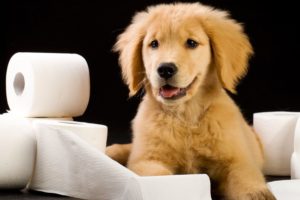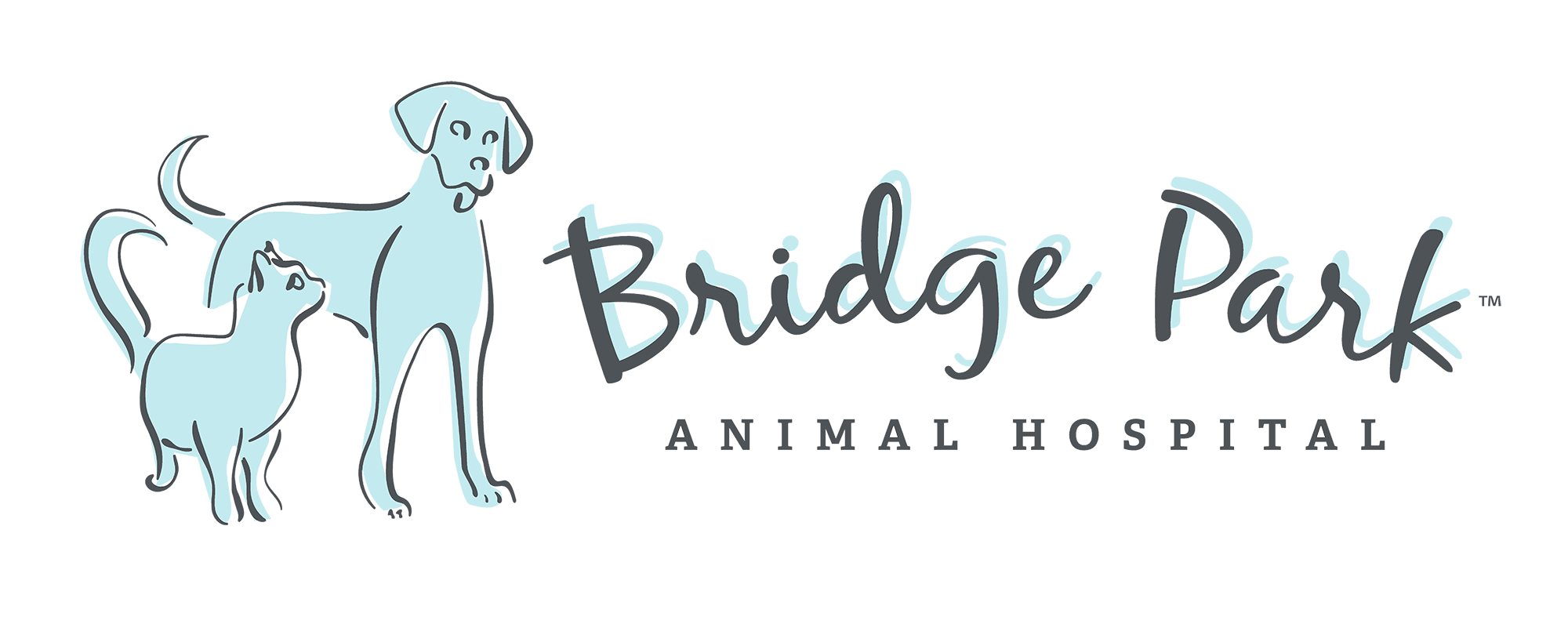How Should I Potty Train My Puppy?
Table of Contents

Much like humans, puppies aren’t able to control their bladder and bowels very early on in their life. Thankfully, they do manage to develop this control much earlier on than babies do, and most can start the potty-training process sometime between 12 and 16 weeks old.
Potty training is an essential part of your pup’s development and so should be approached methodically and with plenty of patience. After all, getting it right can ensure that your home remains largely a pee and poop-free zone, which also means a more harmonious relationship with your pet for years to come.
Important Points to Remember about Potty Training a Puppy
One of the most crucial things to understand about potty training is having realistic expectations. Different breeds of dog have very different toileting habits, and so what might be acceptable for a Labrador is simply impossible for a Chihuahua. This is primarily because small breed dogs only have very small bladders. This means that they cannot hold very much before they need to urinate. Their faster metabolism also contributes to the bladder of a small breed dog filling much faster than the larger bladder of a bigger breed. In short, the smaller your dog, the more frequently they are going to have to relieve themselves.
How to Potty Train a Puppy
Successfully potty training a puppy is a process that can take days, weeks or even a few months, as much like human children, the pace at which they develop the skill can vary. Many owners use crates during the potty-training period. This is because dogs instinctively try and avoid leaving urine or feces where they sleep. Therefore, by placing a crate-trained puppy in her crate, she will be more inclined to learn to control her bladder and bowels so that she doesn’t eliminate in her space.
When you take your puppy outside to go to the toilet, take her to the same spot each time. The scent from her previous urination/bowel movement will remind her what she needs to do once she gets there.
Be prepared to spend a lot of time taking her outdoors. Most experts recommend that you start off by taking your furbaby outside every 30-60 minutes at first, as well as immediately after eating or waking from sleep (your dog, not you!). However, as she gains better control of her bodily functions, you will begin to be able to stretch this out. Remember that she will need to go out first thing in the morning and last thing before bed, and until she becomes competent at potty training, every few hours throughout the night.
Reward all positive toilet training episodes with plenty of love and attention. Verbal praise, petting and games are some of the best way to reinforce this positive behavior from your puppy.
Sticking to a regular feeding schedule and taking her food away between meals is also strongly recommended as it helps make her bathroom needs more predictable.
What Do I Do if I Catch my Pet Doing her Business in the Wrong Place?
It can be very easy to become irritated, frustrated and cross if your pet makes a mess inside the house. Unfortunately, this occurrence is virtually inevitable for many puppies while they are learning, and relapses during times of additional stress or illness are also very common.
If you spot your pet reliving herself where she shouldn’t, firstly remain calm and tell her to stop. If you can, take her immediately outside to where you would prefer her to do her toilet business. Don’t shout and scold, just issue the single command ‘no’ or whatever works and re-direct her attention to what she should be doing. Once she has finished in the right place, give her positive attention and praise to reinforce the good behaviour that you are hoping to see more of.
If you need further advice with regards to potty training your pooch, our expert team are on hand and waiting to assist you. Please do not hesitate to contact our offices today for more information.
